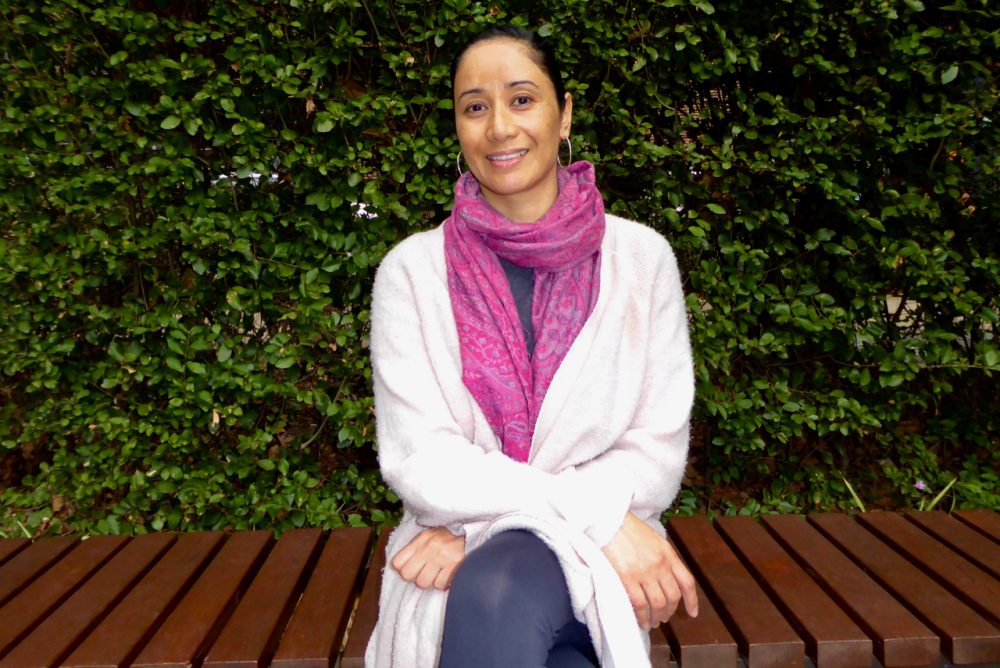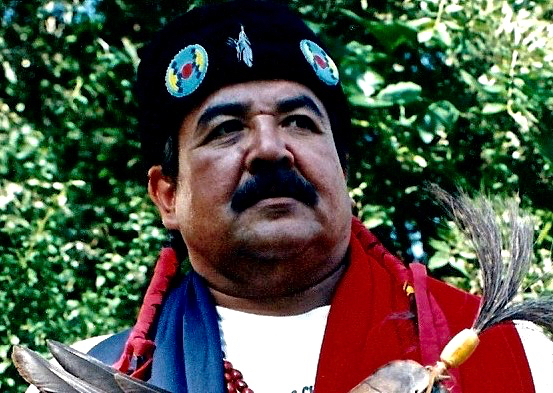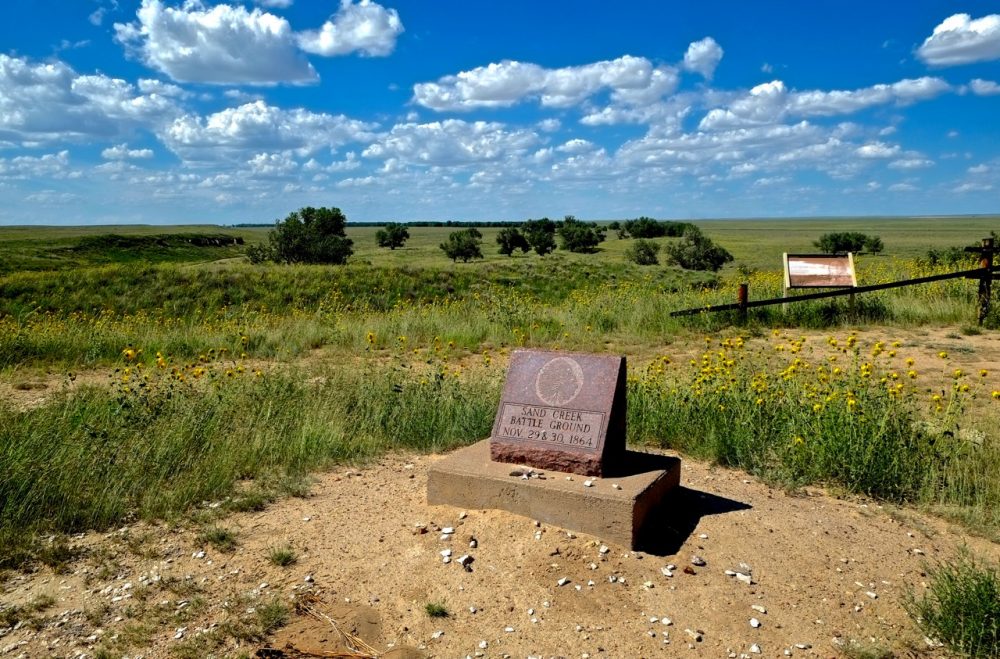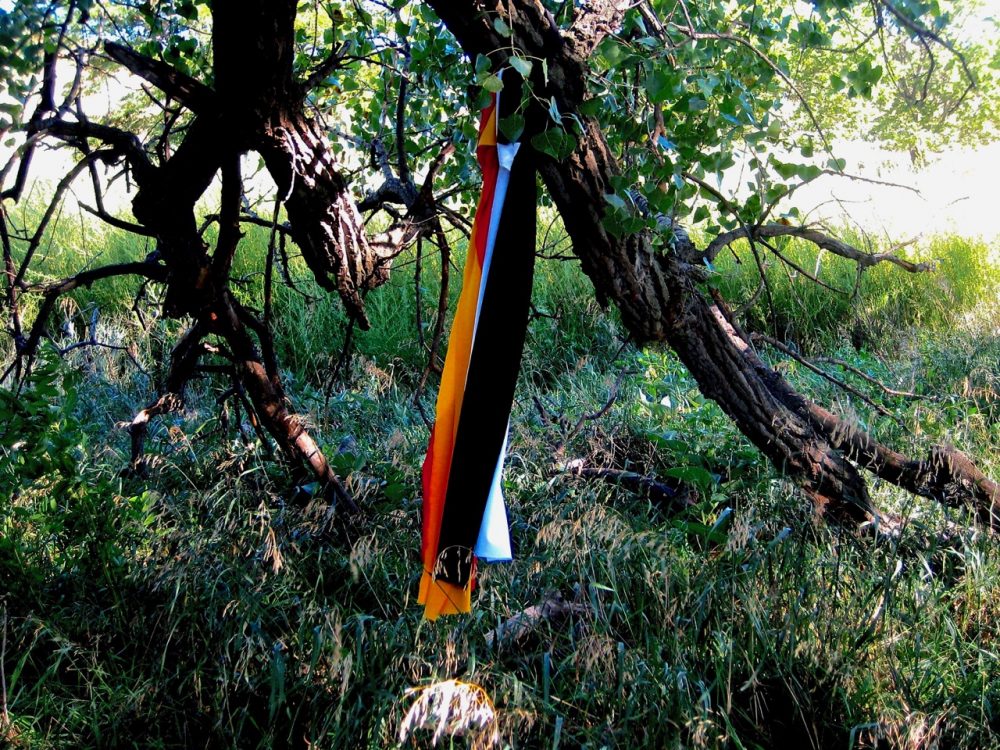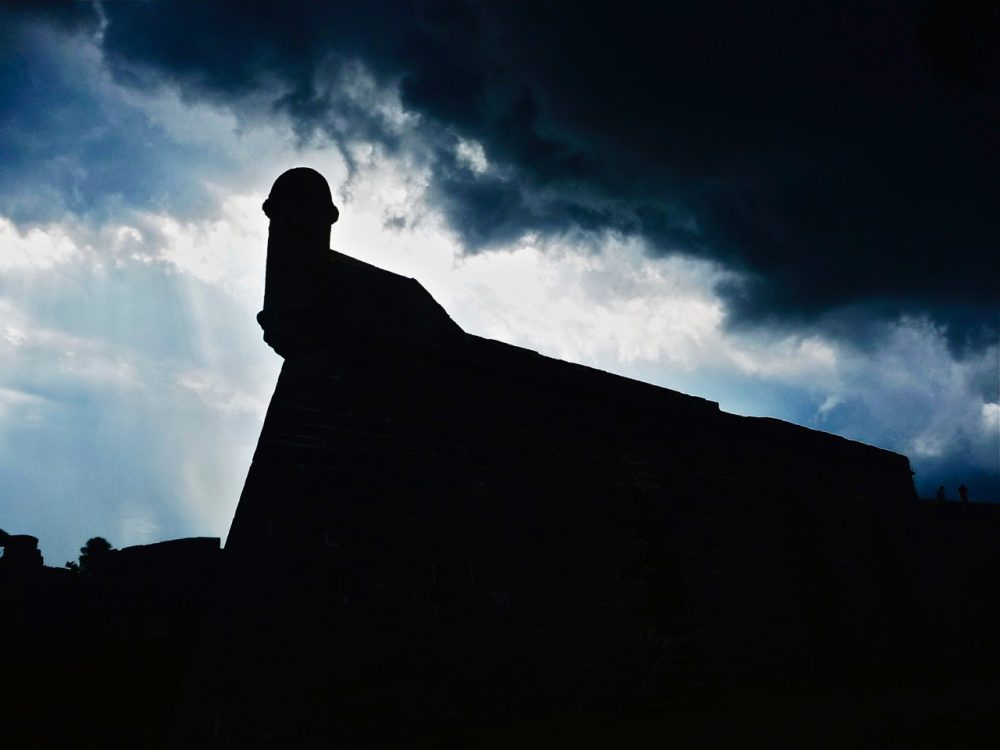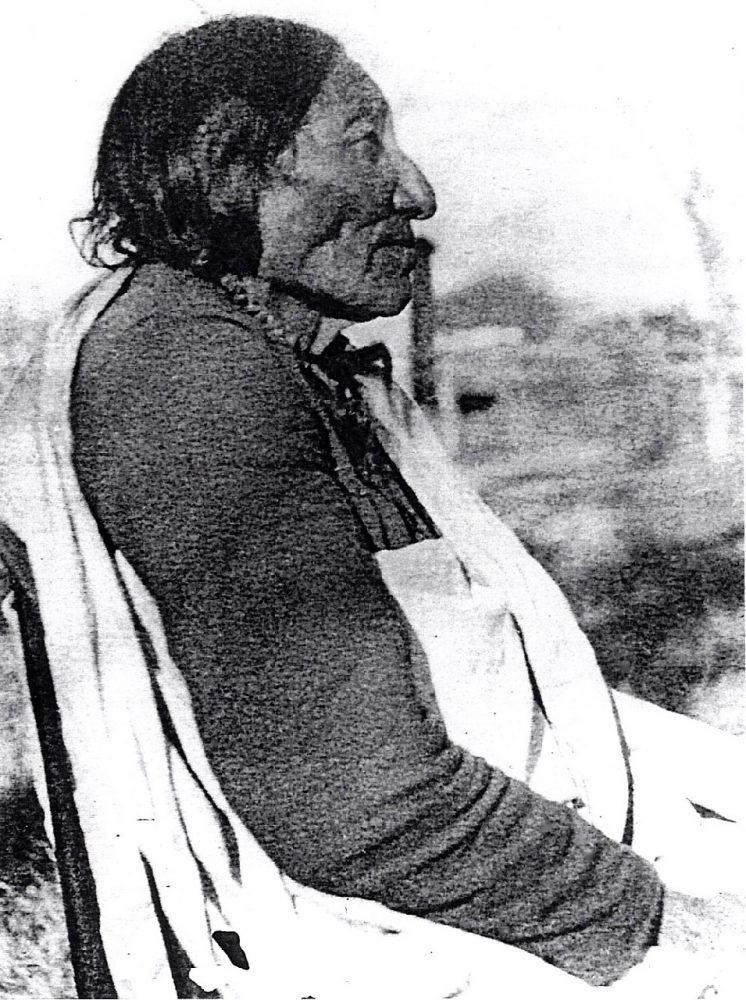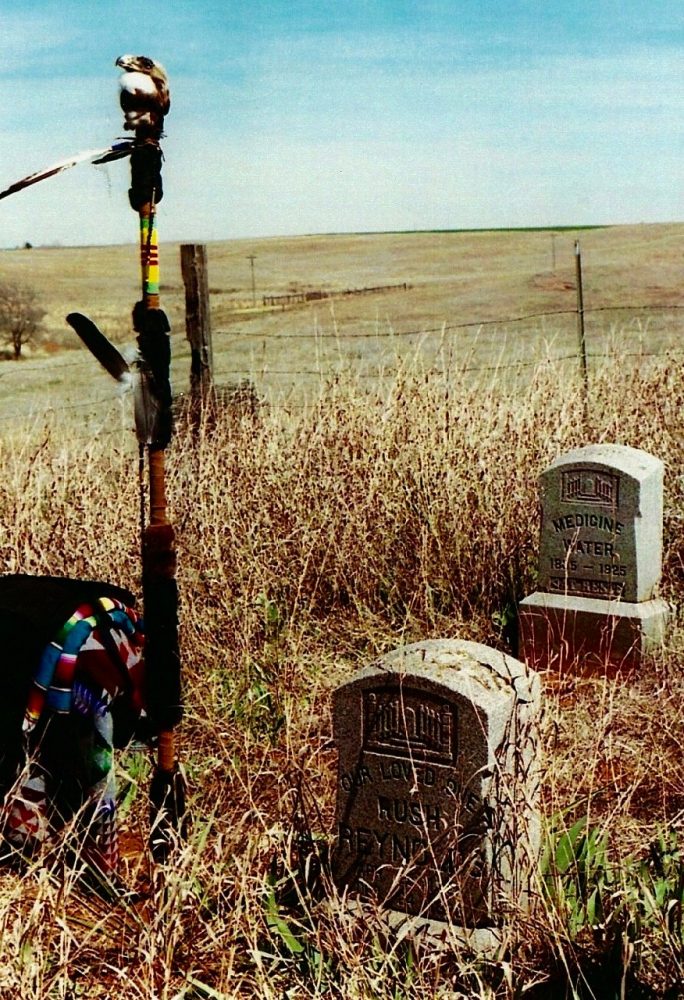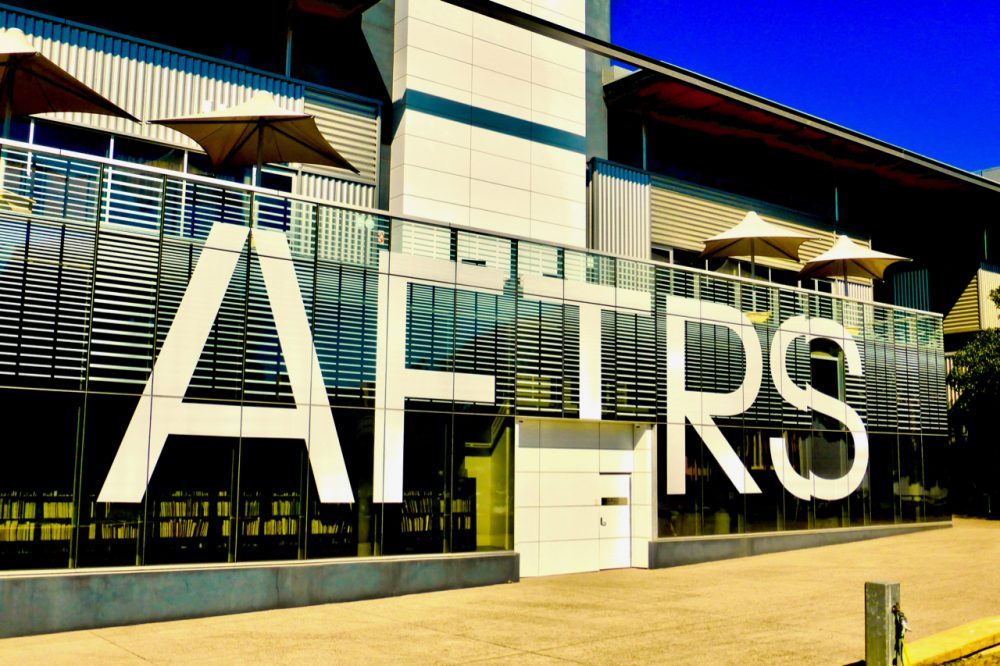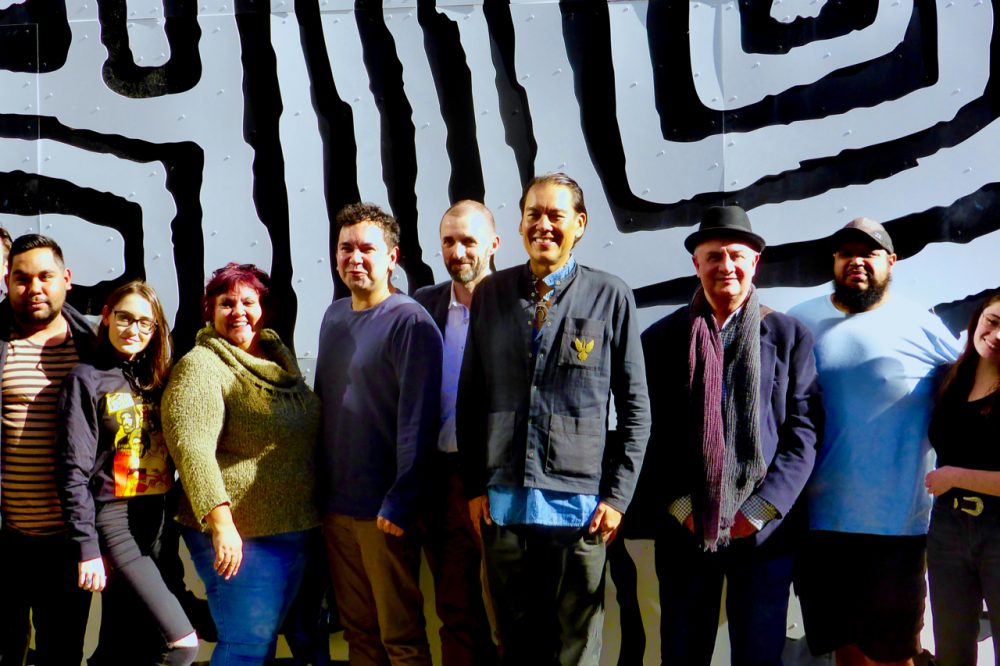Sacred Arrows: In early December, 2017 I attended the annual Christine Anu Christmas concert at the famous Basement Nightclub venue near Sydney’s Circular Quay and Sydney Harbour. The Basement was one of Australia’s first jazz and blues club and for forty-five years had hosted local and international talent that including Prince, Herbie Hancock, Dizzy Gillespie, James Morrison and Peter Green (Fleetwood Mac fame) plus many more local and international artists. I was seated behind the dining area and in front of the bar area at the back. While waiting for the show to begin I spoke with a young woman sitting opposite at my table. Her name was Josephine Bezzina an Australian citizen of Tongan decent. Josephine asked what my occupation was and I said multi-media artist. She replied that she was also a working artist and that her field of choice was screenwriting. I said that I was about to enter the recording studio in seven days to record three new lyrics that I had written with my artist friend musician Chris Fisher and engineer producer Adam Barns. We exchanged business cards and soon after the show began. It was a fun night with Christine Anu in top form performing her hit songs that included the classic “Island Home.” Josephine and I later connected on social media to keep in touch regarding our various artistic endeavours.
Screenplay Collaboration: The recording of the new songs took a further three months to complete with the mixing and mastering on the 25th of March, 2018. It was then my job to create the music iMovie video clips for YouTube from still images I had shot during the December, January and March recording sessions at Nick Irving’s One Flight Up Recording Studios in the Sydney suburb of ST. Peters. Over the coming months I then started the exciting process of designing the cardboard digi-pak and booklet artwork for both the new album “Great Plains Volume II” and also the original album from 2000-2001 “Great Plains Volume I.” When the finished product arrived from the Singapore pressing and printing plant courtesy of Kitty Blackman at Troy Horse on the 3rd of August, 2018 I quickly informed friends and interested parties on social media that both albums were available for sale. It was during this period that I reconnected with Josephine Bezzina who was kind enough to support the project. Later I asked her if she would be interested in meeting up for some lunch and a coffee to talk about a screenplay theme I had developed over a ten year period 1996-2006 with Cheyenne Tribal Historian and later Seated Cheyenne Chief And Council of Forty-Four John L. Sipes Jr. (Pictured below is a photograph of John that I shot at his Norman, Oklahoma home in 1996).
Mo-chi and Medicine Water: Josephine came over to my apartment in Queens Park in late August and over coffee and cake I spoke in length about the screenplay theme that John and I had developed for over a decade till his sudden passing in early 2007. The project excited Josephine and we shook hands and decided to get this creative endeavour up and running. I handed her the box file that contained all the written material along with the letters John and I shared together that spoke about the life and times of his great great grandparents Cheyenne Bowstring War Chief Medicine Water and his warrior wife Mo-chi (Buffalo Calf Woman). Both played integral parts during the six month Native American resistance against the United States Army in the Red River War 1874-1875 (called the Buffalo War by the Cheyenne, Kiowa, Plains Apache and Comanche Indians). As a young married woman Mo-chi was a survivor from the Sand Creek Massacre in late November 1864 losing many of her family members in the unprovoked attack by Colonel Chivington’s one hundred day soldiers. Four years later on the banks of the Washita River in Indian Territory (western Oklahoma) Medicine Water and Mo-chi now a married couple with their three young daughters barely escaped with their lives when Lt. Colonel George Armstrong Custer and his 7th Cavalry regiment attacked Black Kettle’s sleeping village. Black Kettle had survived Sand Creek but second time around both the old peace chief and his wife were gunned down and killed. (Pictured below is the Sand Creek Massacre Site in southeastern Colorado).
Sand Creek Massacre Site: Pictured below is a pictograph image painted onto a small drum by Cheyenne Sun Dance Priest Terry Wilson titled “The Sun is Crying.” It depicts the terrible atrocities that took place at Sand Creek, Colorado in late November, 1864 (pictured above) when the mad butcher Chivington and his soldiers attacked the sleeping Cheyenne village of Chief Black Kettle. John and I exchanged gifts in 1996 while I was staying with him and his family at their home in Norman, Oklahoma discussing our plans to write and develop a screenplay theme about the Cheyenne Sacred Arrows and the last years of the Southern Great Plains Indian Wars. One of my parting gifts from John and Terry as I headed back to Australia was the drum. Fond memories indeed.
Sappa Creek & John L. Sipes Jr: My initial connection with John Sipes came about when I visited the Sappa Creek Massacre Site located on the Larry Catlin ranch twelve miles south of the town of Atwood in northwestern Kansas in June, 1990. I asked Larry who was the gentleman that tied the white prayer cloth to the old tree on the valley floor. This is where the twelve Cheyenne lodges had been located on the 23rd of April, 1875 when the soldiers and buffalo hunters attacked the small village. Larry said a Cheyenne Indian from Oklahoma City had visited his ranch a few months earlier asking to have a look around. When I returned to Sydney later that year I made a phone call to the Oklahoma Historical Society hoping to get some information regarding the history of the Cheyenne during this turbulent period in their recent history. The gentleman who picked up the phone at the other end was extremely polite and helpful and he informed me that his name was John Sipes and that he was the current Cheyenne Tribal Historian. John informed me that this particular encounter at Sappa Creek in Kansas was remembered in Cheyenne oral history as the time the woman, children and babies were thrown into the fires of the burning tepees by the soldiers. I spoke with John on a number of occasions over the next nine months by phone as my research into the massacre unfolded and gathered pace. And finally on the 6th of November, 1991 I published a twenty-four page booklet with co-author Kim Vaughan that had thirty-three references to back up our case of a cover-up by Lt. Austin Henely the officer in charge at Sappa Creek and his illegal use of over twenty-two buffalo hunters in the action against the Cheyenne. Pictured below is the four coloured sacred cloth that I tied to the old tree that is located at the Sappa Creek Massacre Site on Larry Catlin’s ranch during my 2010 Great Plains road trip. It was a tribute to John and his amazing life and extensive fieldwork recording and archiving sacred sites of his Cheyenne people. It was twenty years since the day I first visited Sappa Creek and spotted the white prayer cloth tied onto the same branch by John a few months earlier. The Sappa Creek Massacre will be featured in the future episodes of the “Sacred Arrows” television mini series should it be selected for full production down the track by the motion picture directors and executive producers.
Fort Marion Imprisonment 1875-1878: After surrendering at the close of the Red River War the Cheyenne were escorted to their living quarters at Fort Reno but Medicine Water and Mo-chi were placed in leg irons for their active part in the German family killings early in the war and led to the guardhouse. Young Sophia German one of the four surviving daughters said that Mo-chi was the one who had chopped the head of her mother Lydia with her tomahawk. And Catherine German told the story of how she was repeatedly raped and that Mo-chi seemed indifferent and sometimes delighted to see this happen to the young woman. John said there was no mention of what Mo-chi had witnessed to her own people and her family at both Sand Creek and the Washita River Massacres. And as far as John’s great great grandparents were concerned this was a war and their own actions were in retaliation for the brutal deaths of their people by the American soldiers. One of the four German sisters hand picked thirty-two Cheyenne, Comanche and Kiowa that included Medicine Water and Mo-chi as the main culprits in the killing of their family members and that the Indians would be transported to Fort Marion in St. Augustine, Florida to be detained as prisoners of war for an indefinite period of time. The prisoners were then shackled in chains and transported for six weeks by train to Florida. Mo-chi was the only woman in the group of thirty-two prisoners. For the next three years Medicine Water, Mo-chi and the other prisoners remained captives behind the dark and haunting walls of Fort Marion.
Freedom and Reservation Life: In 1878 Mo-chi and Medicine Water were finally released by the United States Government and returned back to Oklahoma. John said it was a huge adjustment for both Medicine Water and Mo-chi when they arrived back on the Cheyenne Reservation (Indian Territory) in Oklahoma. No longer were the people free to move around and the buffalo were all gone from the Southern Great Plains. Mo-chi had contacted tuberculosis while living in the damp and humid Fort Marion Prison. And three years after returning home Mo-chi died in 1981. She was aged forty-one years old at the time of her death. As for Medicine Water the old war chief lived a further forty-five years. He was employed to haul supplies between Caldwell, Kansas and the Darlington Agency. Medicine Water was also a member of the Native American Church that worked tirelessly to educate the younger generation of Cheyenne children. (Pictured below is Mo-chi (Buffalo Calf Woman standing left of photograph and Medicine Water standing right of photograph during their three year imprisonment 1875-1878).
Scottish Cowboys and Indians: In 1891 Medicine Water received his allotment near Watonga in western Oklahoma Territory. And it was on this property that he lived into his old age. And in 1926 Medicine Water passed away and he was laid to rest with all the honours that befitted a Cheyenne War Chief of the Bowstring Warrior Society. As Kim and I were getting into our Chevy Lumina for the long drive to Los Angeles Airport in 1996 John shook my hand and said before we head out west he had one last story to tell about Medicine Water. During the last year of his life he would saddle his horse and put on his old war shirt and ride the ranges in and around his property. If he came to a spot with a fence he would open the gate and ride through. And when riding at the side of the hard top roads he would force passing vehicles to slow down and stop and show their respects to an old Cheyenne Bowstring War Chief. I would like to say this was indeed one last John Sipes story but over the next decade on the phone from Sydney to Oklahoma with international calls and letter sharing I would receive a hundred more stories to enjoy in the Cheyenne oral tradition. (Pictured below is Medicine Water on his property in 1925 one year before his passing). And also pictured is Medicine Water’s Gravesite in Oklahoma. (Both images pictured below are courtesy of the John L. Sipes Jr Family Collection).
Talking Turkey In The World Of Motion Pictures: The sixty-four page television pilot episode for “Sacred Arrows” kept Josephine up late into the morning hours when time permitted. Over the course of the next twelve months we spoke on the phone often and when necessary we chatted on social media and shared links to videos and stories that might enhance the screenplay project. I often marvelled at her intense passion for the task at hand and honing her artistic skills using her imagination to thrash out possible scene structure along the way. There was one interesting interlude early in our collaboration when we both attended a talk by Executive Director Jason Ryle from Imagine Native and N. Bird Runningwater the Associate Director of Native American and Indigenous Programs from the Sundance Film Institute in Utah at Aftrs (The Australian Film, Television and Radio School) at Sydney’s Moore Park Entertainment Centre. The talk was extremely interesting and insightful into the world of Indigenous film making around the globe. Josephine and I were able to speak briefly with both gentleman and ask some questions about our current “Sacred Arrows” screenplay project. Before leaving I gave both gentlemen copies of the newly released “Great Plains Volume I” and “Great Plains Volume II” album as a gift. Later we all gathered outside to have a group photograph taken of our day out together.
Mum Is The Word: In the secret world of production motion pictures one never knows what the opposition is up to regarding potential screenplay adaptations and alike. Much like both the “Great Plains” rock albums it is always pleasing to create material that is current and can interest all age groups looking for good storytelling and artistic inspiration. It was always the intention of John and I to write down our screenplay theme in a modern setting and include appropriate historical flashbacks when necessary. With my year long collaboration with Josephine the ideas and storyline have stayed mostly intact but our potential historical modern day drama thriller has been given a lot more spice by including supernatural undertones. During the pandemic lockdowns Josephine and I were able stand back and take a good look at how the whole theme of the pilot script had panned out with the printed word. After some updated research and fine tuning in late 2022 we were finally ready to explore production avenues the pilot script “Sacred Arrows.” In the same vein as “Country For Old Men” the characters we bring forward from the pages of the pilot episode set in modern-day western Oklahoma are gritty and intense. The scenery haunting and mysterious. And through it all the love story of two warrior freedom fighters who refused to yield or give an inch to a strange invader of their homelands. The story of Medicine Water and Mo-chi will certainly entertain and inspire television mini series audiences around the globe! Thanks Josephine for an amazing television pilot script with more to come!

